STEP4 Complete Ventilation and Electrical Work
Before you install the siding, soffits, and exterior trim, its important to resolve some ventilation and electrical details. For example, this house has a rectangular attic vent centered beneath the ridge in each gable-end wall. If you chose to sheathe the gable-end truss on the ground, this is the logical place to cut the hole for the vent. If the hole hasn’t been cut yet, do so now, then install the vent (see the photo on the facing page).
Referring to your house plans, an electrician will be able to locate any outlet boxes that need to be installed in the exterior walls. Outdoor receptacles are placed at convenient locations; the same is true for outdoor lights.
This is also the time to cut the hole for the dryer vent. A standard dryer vent requires a 4-in. hole; it’s usually placed in the laundry room, at the back of the dryer near the floor. There are several ways to cut a vent hole. The easiest way is to use a 4-in.-dia. hole saw (borrow one from the plumber, if possible). Otherwise, mark the vent location with a 4-in.-dia. circle, drill a %-in. hole along one edge, then cut out the circle with a keyhole saw, a jigsaw, or a reciprocating saw. Just make
|
|
|
|
INSTALL ТНЕ АПК VENT. Vinyl siding panels can’t be installed until the vents, outlet boxes, and other wall elements are in place. This vent has flanges for easy installation. |
sure you are above the bottom plate and baseboard and away from the end stud. There shouldn’t be any electrical wires down this low, but check to make sure. Insert the vent pipe through the wall, then attach the vinyl trim cover.
Be sure to seal around the vent on both the inside and the outside to keep cold air and moisture from entering the house. Vent pipes can become plugged with lint after years of use. I unplug ours by cleaning out the pipe with a broom handle and then using the vacuum cleaner.
STEP5 Install the Starter I Strips and the Trim for I Vinyl Siding
The most important thing to keep in mind as you’re installing vinyl siding is that it expands and contracts significantly with temperature changes. All siding components and installation details are designed to cope with this temperature-induced movement. Review the installation information shown in the illustration at right and discussed throughout this chapter. Make sure you comply with the
|
І |
 |


![]()
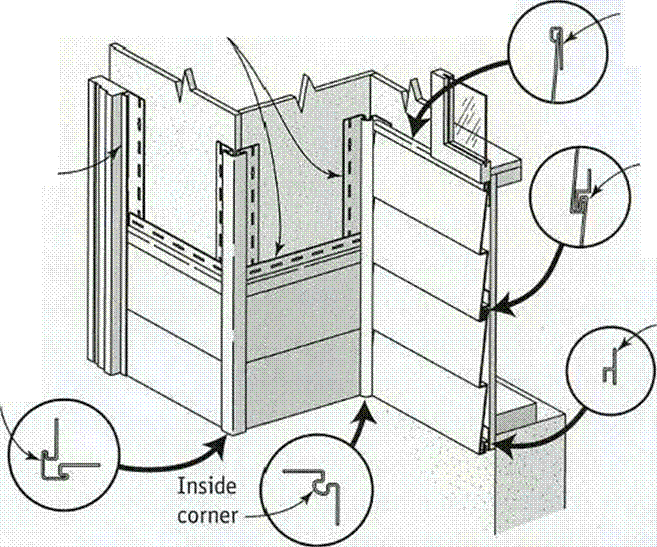


![]()

![]()
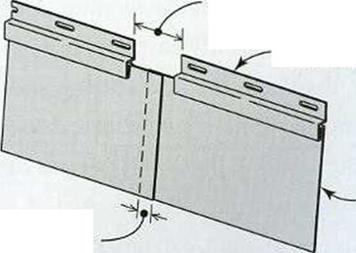


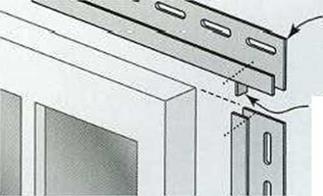

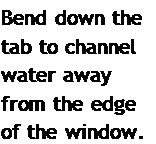
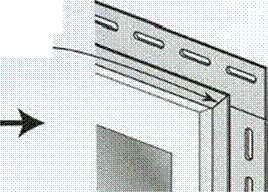
 manufacturer s instructions that come with
manufacturer s instructions that come with







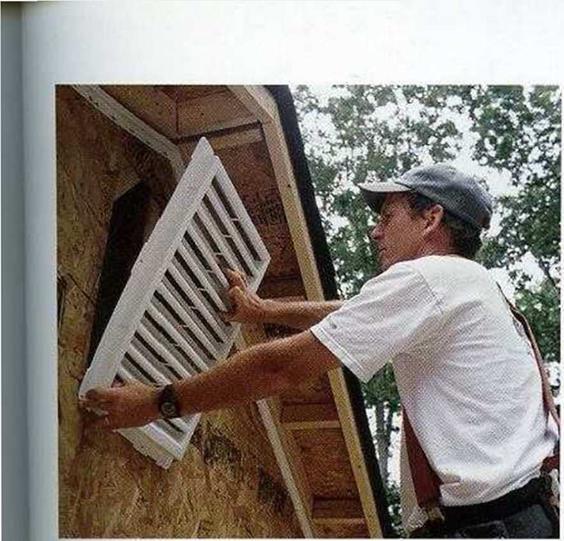
Leave a reply